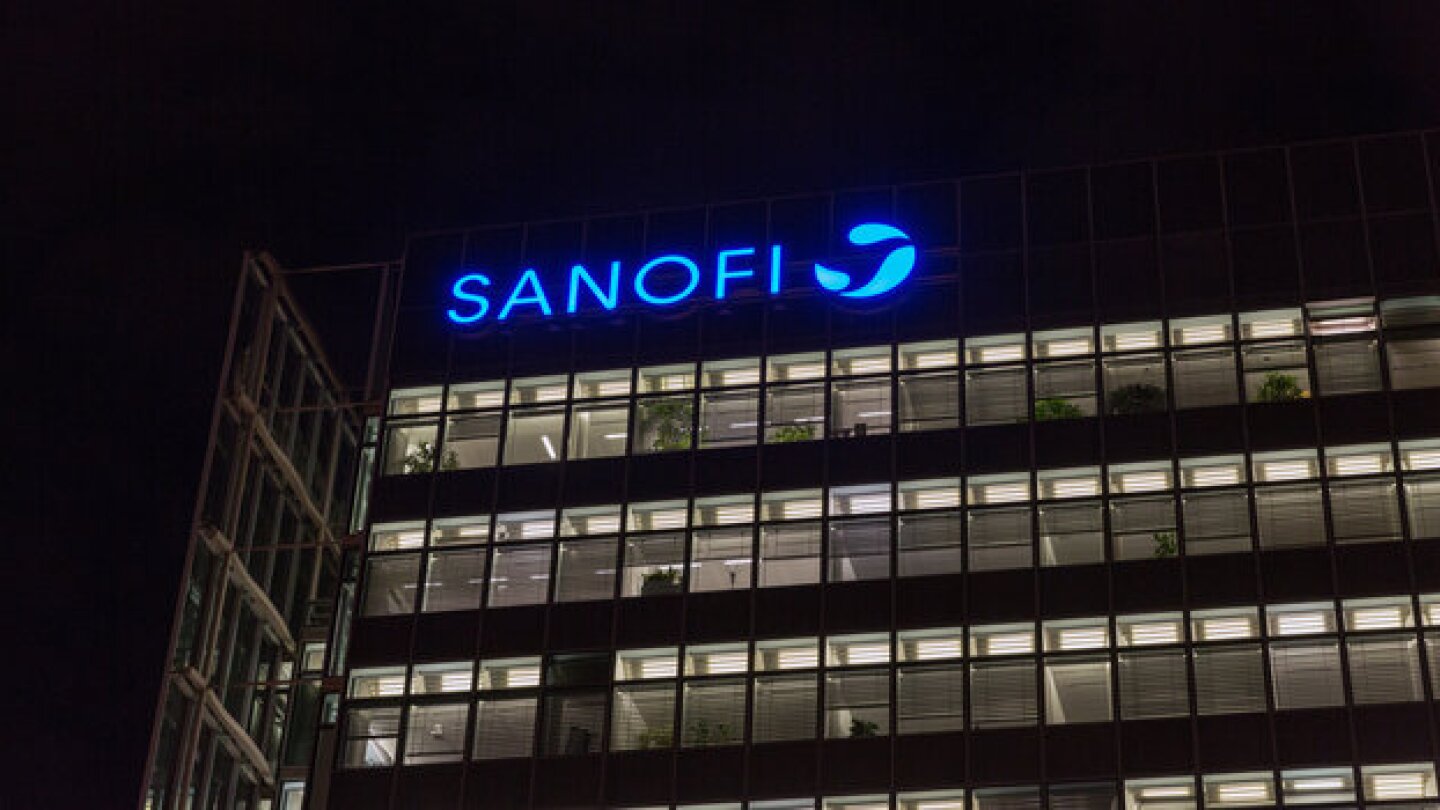Metabolic disorders
Two recent documents—one from the FDA, the other from a commission organized by The Lancet Diabetes & Endocrinology—indicate an evolving mindset toward treating obesity as a chronic disease.
ITF, IntraBio and Orchard are among the companies that have won FDA nods in the past year for Duchenne muscular dystrophy, Niemann-Pick disease type C, metachromatic leukodystrophy and more.
While Kallyope’s drugs are mechanistically unique, the biotech is competing in a crowded space, with other therapies that appear to elicit superior weight-loss.
As high prices and supply issues drive consumers to alternative markets for GLP-1s, physicians aren’t too interested in using these therapies to treat conditions like heart disease risk that have existing cheap standards of care.
The Outsourcing Facilities Association, a trade group representing compounders, filed a similar lawsuit in October last year after the FDA formally ended the tirzepaptide shortage.
Many of these unlawful and unauthorized shipments were explicitly tagged for compounding, according to a new analysis. Separately, a group of state attorneys general has raised concerns about the unsafe GLP-1 drugs finding their way to American consumers.
Merilog’s approval comes as the insulin space has over the past year suffered several setbacks, including strong calls for price caps and, potentially, the rise of the mammoth GLP-1 market.
Obesity drug developers Aardvark, Helicore and Metsera have all netted raises in the past two weeks.
The data, published in JAMA Psychiatry, add to the growing body of evidence supporting the use of GLP-1 receptor agonists for addictive disorders.
From revenue to R&D investment, Novo and Lilly and their mega-blockbuster weight loss drugs Zepbound and Wegovy have moved into a new pharma stratosphere, far eclipsing their rivals.
PRESS RELEASES












